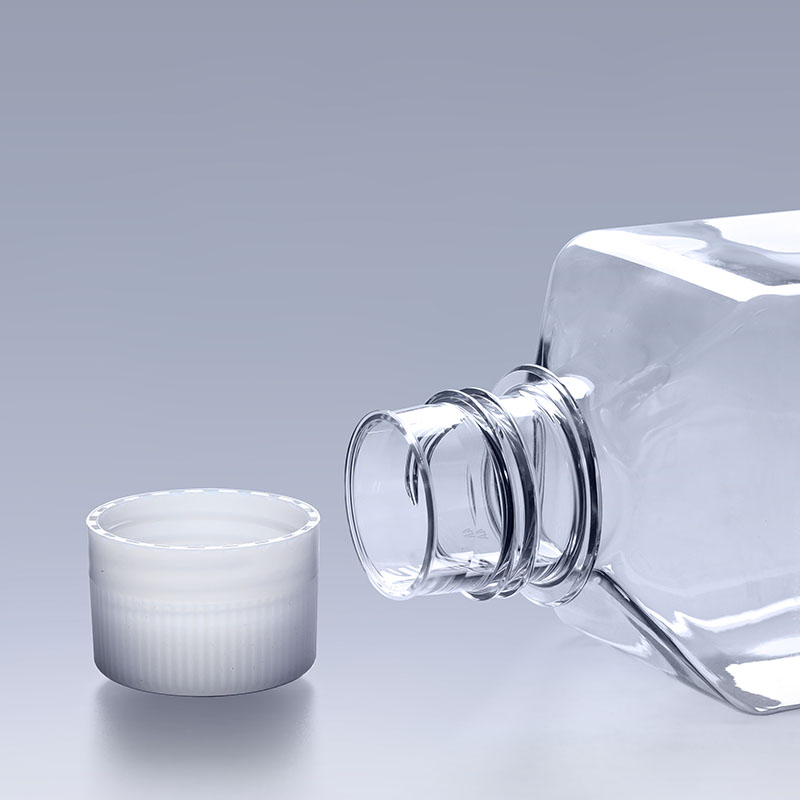PETG media bottles serve as excellent storage containers for various culture media, serum, and biological reagents, making their stability and safety during solution storage crucial. So, what performance aspects should we consider when selecting these containers?
Physical Performance: Different solutions have varying storage requirements; serum, for instance, generally lasts up to one week when stored at 2-8°C and up to one month at -18°C, while serum intended for long-term storage must be kept in low-temperature refrigerators ranging from -20°C to -70°C. Therefore, when choosing PETG media bottles, we need to consider the temperature tolerance of the material. Additionally, factors such as transparency, sterilization treatment, permeability coefficient, etc., are crucial for the overall performance and subsequent use of the containers.

Chemical Stability: Solutions stored in PETG media bottles are often used in cell culture experiments, where many factors can affect the experimental process. If the chemical stability of the storage container is inadequate, it may react with the stored solution, thereby affecting its performance and unfavorably impacting cell growth. Therefore, when selecting storage containers, we must also consider their chemical stability.
Overall, physical performance and chemical stability are the key performance factors to consider when choosing PETG media bottles. Additionally, if the procurement quantity is substantial, attention should also be paid to the supplier's supply capacity to avoid any potential delays in supply that could affect subsequent use.
The FAI climbed 5.9 percent year-on-year in the first 11 months of 2018, quickening from the 5.7-percent growth in Jan-Oct, the National Bureau of Statistics (NBS) said Friday in an online statement.
The key indicator of investment, dubbed a major growth driver, hit the bottom in August and has since started to rebound steadily.
In the face of emerging economic challenges home and abroad, China has stepped up efforts to stabilize investment, in particular rolling out measures to motivate private investors and channel funds into infrastructure.
Friday's data showed private investment, accounting for more than 60 percent of the total FAI, expanded by a brisk 8.7 percent.
NBS spokesperson Mao Shengyong said funds into weak economic links registered rapid increases as investment in environmental protection and agriculture jumped 42 percent and 12.5 percent respectively, much faster than the average.
In breakdown, investment in high-tech and equipment manufacturing remained vigorous with 16.1-percent and 11.6-percent increases respectively in the first 11 months. Infrastructure investment gained 3.7 percent, staying flat. Investment in property development rose 9.7 percent, also unchanged.
 English
English


















































